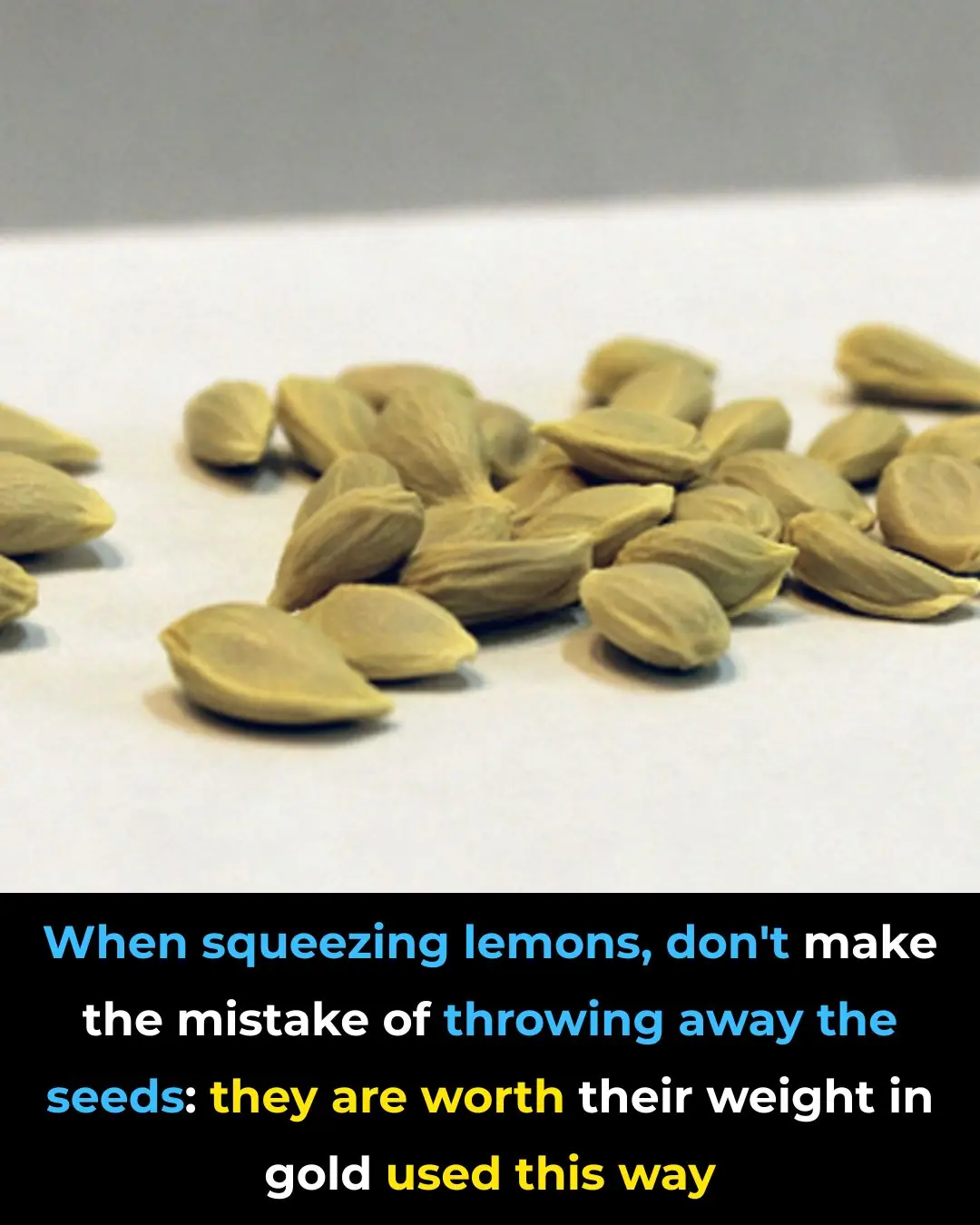
Whoa, this completely flew under my radar
The circular dent on the side of milk jugs is a feature that most people encounter every day yet seldom think about. This small indentation, easily overlooked, serves a critical purpose in the design of milk containers. While many consumers might assume it is merely a decorative element or a quirk of manufacturing, the reality is that this dent plays an essential role in the functionality, safety, and sustainability of the jug. Exploring this feature offers a fascinating glimpse into the careful engineering behind everyday objects that we often take for granted.
The Purpose of the Circular Dent: An Overview
The circular dent on a milk jug is far from a random design choice—it fulfills multiple practical functions. Most importantly, it acts as a pressure release mechanism, allowing the jug to expand and contract safely under changing conditions. This is particularly crucial during transportation and storage, where fluctuations in temperature can cause the liquid inside to expand or contract. Without this feature, the jug would be more prone to cracking or deforming.
Beyond pressure management, the dent enhances the structural stability of the jug, preventing it from collapsing or warping under external pressure. By understanding these functions, consumers can begin to appreciate the amount of thought and engineering that goes into something as seemingly simple as a milk jug.
Historical Context: The Evolution of Milk Jug Design
Milk packaging has undergone significant evolution over the past century. In the early days, milk was delivered in glass bottles—heavy, fragile, and inconvenient to transport. As the dairy industry expanded, a more durable and cost-effective solution became necessary. The introduction of plastic milk jugs in the mid-20th century revolutionized the industry, offering a lightweight, shatterproof alternative. The circular dent was introduced as part of this evolution, addressing the need for a design that could withstand the pressures of modern production, distribution, and storage. Over time, this small design feature became an essential component of the milk jug, balancing practicality, safety, and efficiency.
Reason 1: Structural Integrity and Pressure Management
The circular dent significantly improves the jug’s structural integrity. When filled with liquid, the jug experiences outward pressure from the milk. The dent acts as a controlled weak point, allowing the container to flex slightly without cracking. This function is especially important during transportation, where jugs are stacked and subjected to varying temperatures and handling conditions. By absorbing and redistributing pressure, the dent ensures that the milk remains safely contained until it reaches the consumer, reducing product loss and potential hazards.
Reason 2: Cost Efficiency in Manufacturing
Incorporating a circular dent also helps manufacturers reduce production costs. The indentation strengthens the jug’s structure without requiring additional plastic, allowing for lighter, more material-efficient designs. This optimization not only lowers the cost of production but also minimizes environmental impact by reducing the amount of plastic used in each jug. By designing for material efficiency, manufacturers can produce more jugs using fewer resources, supporting both economic and environmental goals.
Reason 3: Consumer Safety and Spill Prevention
The dent also contributes to consumer safety. In the event of accidental drops or rough handling, the indentation absorbs some of the impact, decreasing the likelihood of the jug bursting open. This is especially important in households with children, where accidents are more frequent. By reducing the risk of spills, the circular dent helps prevent milk waste and protects consumers from potential messes or injuries caused by broken containers.
Reason 4: Environmental Considerations and Recycling
From an environmental standpoint, the circular dent facilitates recycling. The indentation makes the jug easier to crush, reducing its volume for transport and processing. This efficiency helps lower the environmental footprint of recycling operations and supports the broader goal of a sustainable, circular economy. By enabling easier recycling, the dent contributes to reducing plastic pollution and conserving valuable resources, making it a subtle but important feature for eco-conscious design.
Reason 5: Aesthetic and Branding Factors
Although functionality is the primary driver, aesthetics and branding also play a role. The circular dent provides a distinct visual element that can help products stand out on store shelves. Some brands even incorporate logos or other design elements into the indentation, turning it into a subtle branding opportunity. This feature enhances the jug’s overall appearance, strengthens brand identity, and can influence consumer perception and preference.
Common Misconceptions About the Circular Dent
Despite its importance, the circular dent is often misunderstood. Many people assume it is a flaw, a manufacturing error, or simply decorative. Others might think it serves no real purpose. These misconceptions highlight a gap between consumer perception and the careful engineering behind everyday products. By educating the public about the functional role of this small feature, manufacturers can help consumers appreciate the ingenuity embedded in even the most ordinary objects.
Conclusion: The Hidden Importance of a Simple Design Feature
The circular dent on a milk jug is a testament to the thoughtfulness and creativity involved in product design. Though it may seem minor at first glance, this small indentation plays a critical role in ensuring structural stability, safety, cost efficiency, and environmental sustainability. Understanding the dent’s purpose gives consumers a deeper appreciation for the complexity behind everyday items and the careful engineering that makes them both functional and reliable. Next time you pick up a milk jug, it’s worth pausing for a moment to admire the clever design hidden in that tiny, circular detail—a subtle reminder that even the simplest objects have stories to tell.
News in the same category


Stop washing produce the wrong way with these 10 mistakes

I didn't know

Stop cooking these 10 foods in aluminum foil

My nana taught me this hack to freshen carpets in 4 mins with 0 work. Here’s how it works

Tips for effective, safe and cost-saving pest control

Distinguish between clean bean sprouts and bean sprouts containing toxic chemicals with the following extremely simple tip.

How to make the Money Tree flower and have fresh shoots to attract fortune

How to make delicious beef stew at home extremely simple

Squeeze lemon into the rice cooker before cooking, a small tip that everyone will praise when they see the results.

Phone is full of memory, both frozen and slow, press this button to free up memory, the phone runs fast like new

Great tips with lemon seeds, simple planting method to have a pot of lemon that is both decorative and makes your house smell good

These ideas are brilliant

How to Wash and Condition Hair with Rice Water to Reduce Hair Loss and Boost New Hair Growth

How to Easily Unclog Stubborn Drains Without Calling a Plumber

Tips for Faster Hair Growth, Reduced Hair Loss, and Shiny Hair Using Beer Hair Wash

How to Keep Geckos, Mosquitoes, Cockroaches, and Rats Out of Your Home Naturally

One Week After Trying This Trick, Ants, Roaches, and Mosquitoes Completely Disappeared from My Home
News Post

The Most Effective Foods to Cleanse your Lungs (Research Based)

Starve cancer cells: the ultimate guide to foods that fight and feed cancer

Stop wasting freezer space on these 10 foods

Stop cooking rice with these 10 mistakes

#1 Best Way to Lower Blood Pressure Naturally and Fast

Stop washing produce the wrong way with these 10 mistakes

The Mystery Behind Open-Front Toilet Seats Finally Solved

🍋 Don’t Throw Away Lemon Seeds & Peels — Here’s How to Use Them Safely

I didn't know

Stop cooking these 10 foods in aluminum foil

My nana taught me this hack to freshen carpets in 4 mins with 0 work. Here’s how it works

Tips for effective, safe and cost-saving pest control

Distinguish between clean bean sprouts and bean sprouts containing toxic chemicals with the following extremely simple tip.

How to make the Money Tree flower and have fresh shoots to attract fortune

How to make delicious beef stew at home extremely simple

Squeeze lemon into the rice cooker before cooking, a small tip that everyone will praise when they see the results.

Phone is full of memory, both frozen and slow, press this button to free up memory, the phone runs fast like new

Great tips with lemon seeds, simple planting method to have a pot of lemon that is both decorative and makes your house smell good
